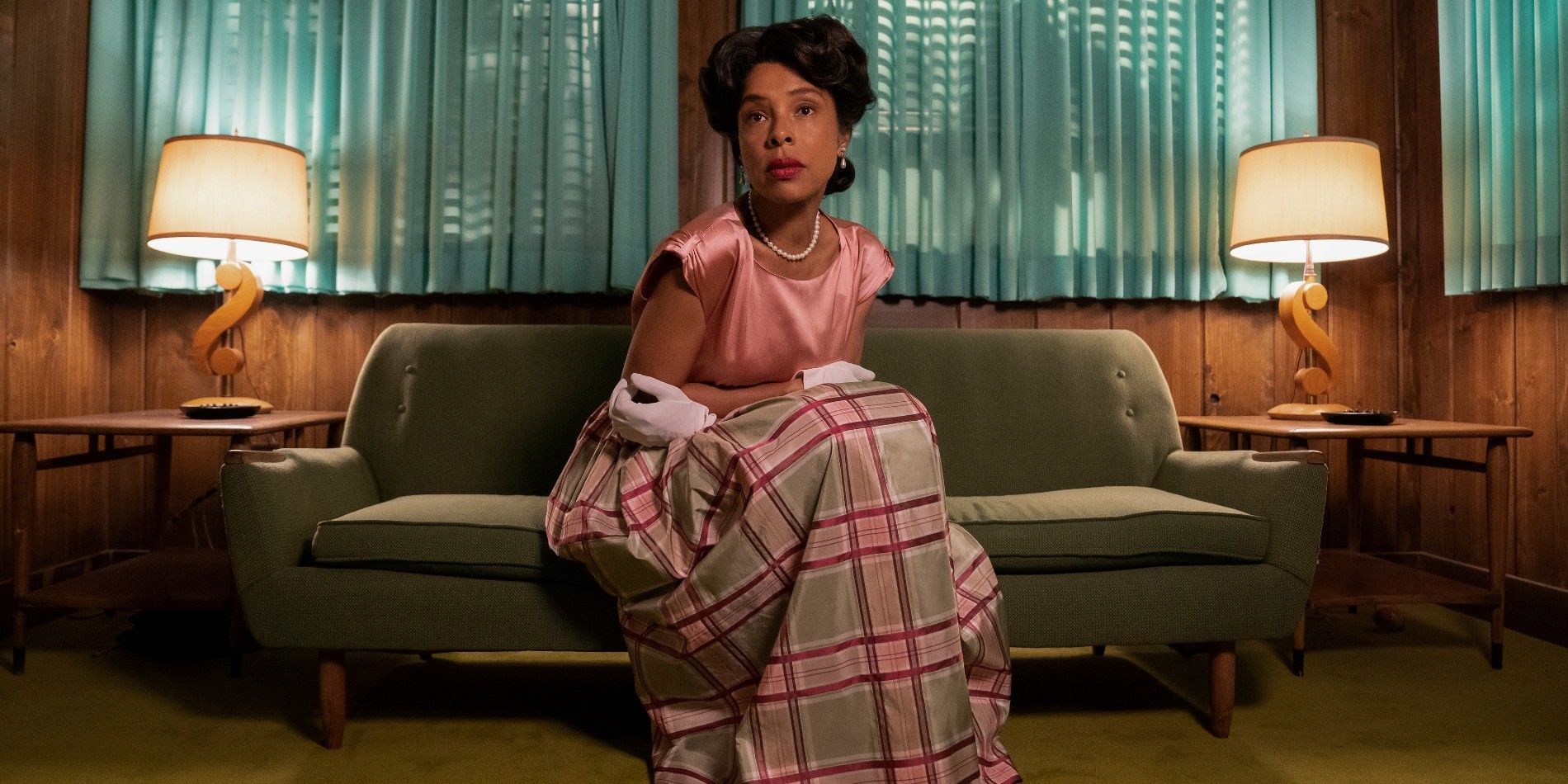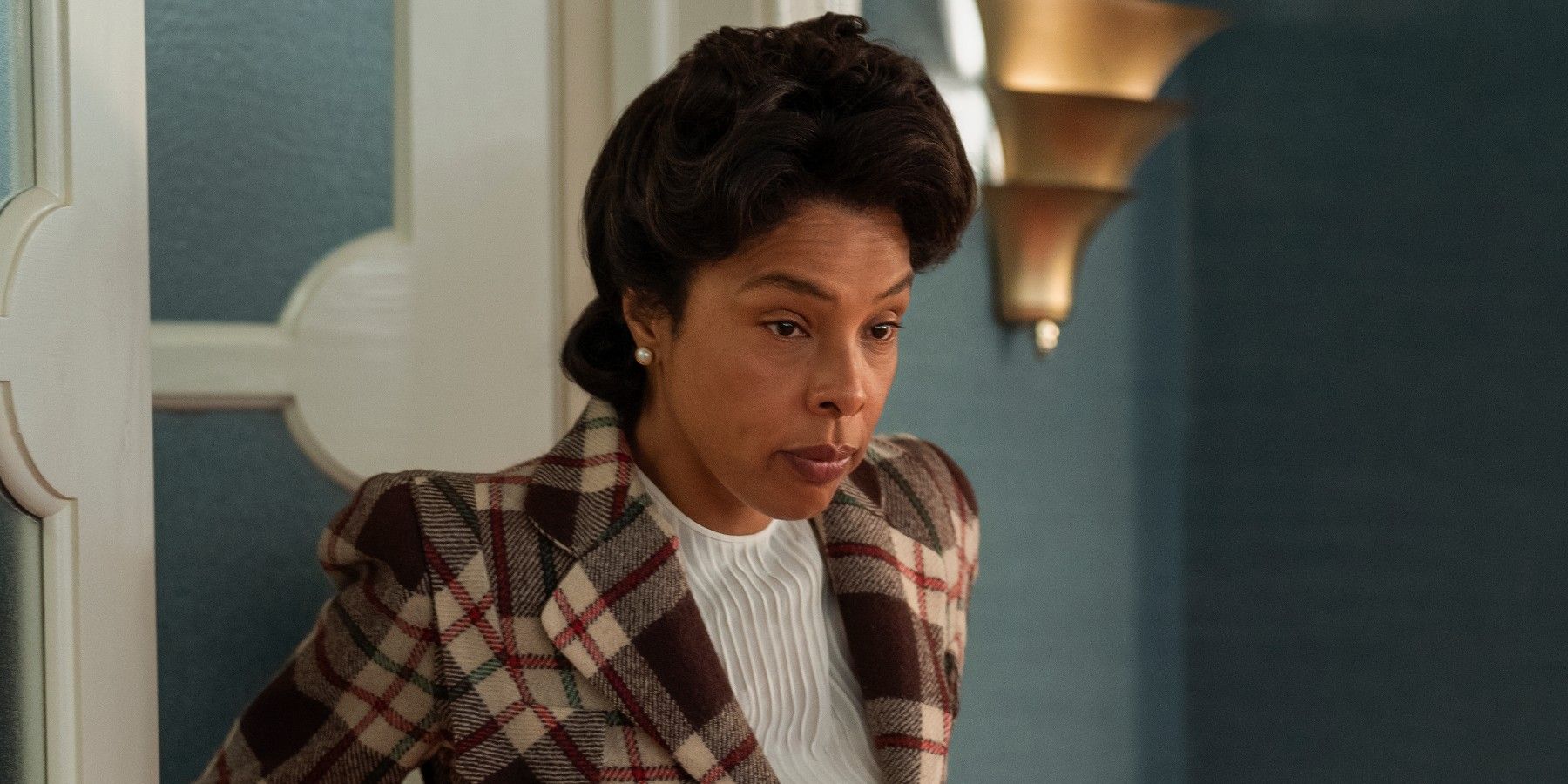Ratched puts a heavy focus on mental illnesses, with much of the spotlight on Charlotte's dissociative identity disorder (DID). Charlotte (Sophie Okonedo) is a frequent patient of the psychiatric hospital that Mildred Ratched (Sarah Paulson) works at because her case is rather severe, but just how accurate is the portrayal of her diagnosis?
Ryan Murphy's Netflix show provides an origin for One Flew Over the Cuckoo's Nest's villainous Nurse Ratched. The horror series sees Mildred arrive at a psychiatric hospital in 1947 and campaign for a job as a nurse. Mildred works her way up in the ranks, which in turn exposes her to the more severe cases at the hospital. So naturally, Mildred and Charlotte interact quite a bit on the show.
Charlotte is portrayed as aggressive, erratic and dangerous. This is technically an accurate depiction of DID, but in the most extreme way possible. The vast majority of people who suffer from DID do not present cases nearly as severe as Charlotte's. By Ratched season 1's ending, she emerges as one of the show's key villains. Charlotte's illness was amplified to the highest degree possible to serve as a starting point for Mildred's future cruelty towards psychiatric patients, but given its over exaggeration, this depiction ultimately caused more harm than good.
Charlotte's condition is taken to an unnecessary extreme to serve the story. She slips in and out of different personas, which is true to the disorder. The Mayo Clinic lists some symptoms of DID as memory loss, a sense of feeling detached from one's self, a blurred sense of identity, stress, and various mental health problems, such as suicidal thoughts. Okonedo's skilled performance sees Charlotte experience these symptoms throughout the course of the show, but there's one way in which the show deviates from medical accuracy — Ratched makes Charlotte violent against other people.
A person with a severe mental health disorder can pose a risk to themselves and others, but it's an unfortunate trope in movies and TV shows that often sees those with mental illnesses exhibiting violent behaviors. 2016's Split, which saw James McAvoy portray a serial killer with an extreme case of DID, is a prime example of that. Split deployed this trope in order to make its villain frightening and unpredictable, but prompted some backlash for vilifying the mentally ill. Ratched did so to propel the story of Mildred Ratched.
In the original source material, Nurse Ratched is incredibly cruel and enjoys abusing her patients. Ratched's take on the character is a bit standoffish; she takes mercy on her patients, even if her methods are frowned upon. Paulson's depiction of Nurse Ratched is not quite the menacing figure seen in the original movie, so Murphy clearly has something planned in the course of his show to get Mildred to that point. Charlotte's violent nature may be a catalyst in that. Mildred tried to show her kindness, but Charlotte still committed heinous acts. Further down the line in Ratched, Mildred may deem those with mental illnesses unworthy of her help and turn cold toward them. It's an unnecessary step into getting her to become the notorious Nurse Ratched fans of the original movie and novel love to hate. Though somewhat accurate to the symptoms of DID, Ratched perpetuates harmful stereotypes by using a mentally ill person as a primary antagonist in the series.


